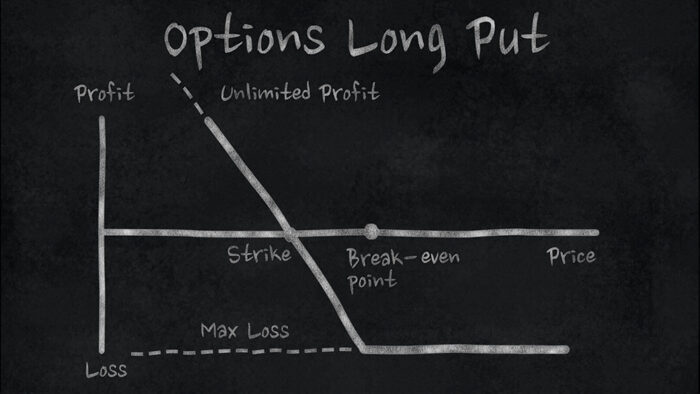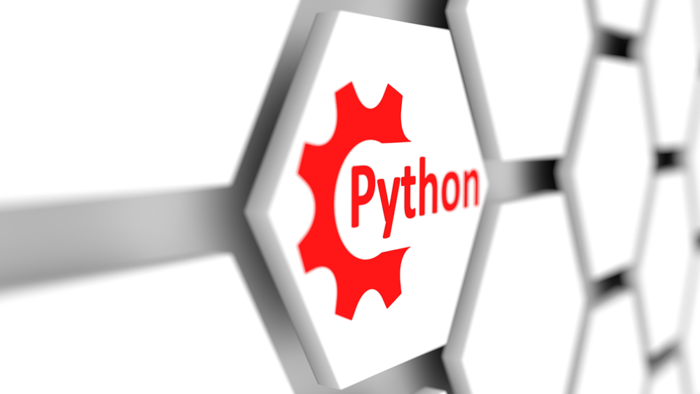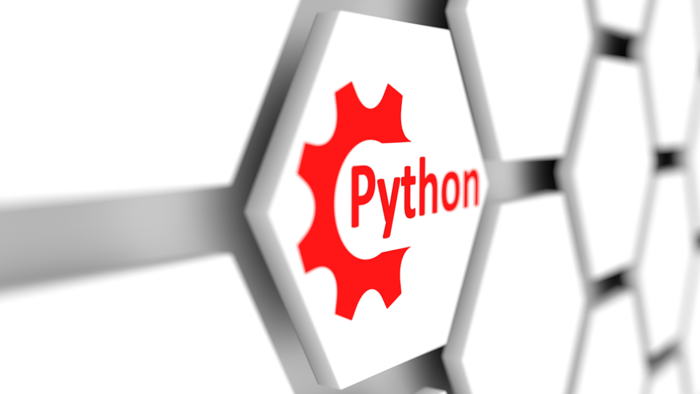Background
AUC is an important metric in machine learning for classification. It is often used as a measure of a model’s performance. In effect, AUC is a measure between 0 and 1 of a model’s performance that rank-orders predictions from a model. For a detailed explanation of AUC, see this link.
Since AUC is widely used, being able to get a confidence interval around this metric is valuable to both better demonstrate a model’s performance, as well as to better compare two or more models. For example, if model A has an AUC higher than model B, but the 95% confidence interval around each AUC value overlaps, then the models may not be statistically different in performance. We can get a confidence interval around AUC using R’s pROC package, which uses bootstrapping to calculate the interval.
Building a simple model to test
To demonstrate how to get an AUC confidence interval, let’s build a model using a movies dataset from Kaggle (you can get the data here).
Reading in the data
# load packages
library(pROC)
library(dplyr)
library(randomForest)
# read in dataset
movies <- read.csv("movie_metadata.csv")
# remove records with missing budget / gross data
movies <- movies %>% filter(!is.na(budget) & !is.na(gross))
Split into train / test
Next, let’s randomly select 70% of the records to be in the training set and leave the rest for testing.
# get random sample of rows set.seed(0) train_rows <- sample(1:nrow(movies), .7 * nrow(movies)) # split data into train / test train_data <- movies[train_rows,] test_data <- movies[-train_rows,] # select only fields we need train_need <- train_data %>% select(gross, duration, director_facebook_likes, budget, imdb_score, content_rating, movie_title) test_need <- test_data %>% select(gross, duration, director_facebook_likes, budget, imdb_score, content_rating, movie_title)
Create the label
Lastly, we need to create our label i.e. what we’re trying to predict. Here, we’re going to predict if a movie’s gross beats its budget (1 if so, 0 if not).
train_need$beat_budget <- as.factor(ifelse(train_need$gross > train_need$budget, 1, 0)) test_need$beat_budget <- as.factor(ifelse(test_need$gross > test_need$budget, 1, 0))
Train a random forest
Now, let’s train a simple random forest model with just 50 trees.
train_need <- train_need[complete.cases(train_need),]
# train a random forest
forest <- randomForest(beat_budget ~ duration + director_facebook_likes + budget + imdb_score + content_rating,
train_need, ntree = 50)
Getting an AUC confidence interval
Next, let’s use our model to get predictions on the test set.
test_pred <- predict(forest, test_need, type = "prob")[,2]
And now, we’re reading to get our confidence interval! We can do that in just one line of code using the ci.auc function from pROC. By default, this function uses 2000 bootstraps to calculate a 95% confidence interval. This means our 95% confidence interval for the AUC on the test set is between 0.6198 and 0.6822, as can be seen below.
ci.auc(test_need$beat_budget, test_pred) # 95% CI: 0.6198-0.6822 (DeLong)
We can adjust the confidence interval using the conf.level parameter:
ci.auc(test_need$beat_budget, test_pred, conf.level = 0.9) # 90% CI: 0.6248-0.6772 (DeLong)
Originally posted on TheAutomatic.net Blog.
Disclosure: Interactive Brokers
Information posted on IBKR Campus that is provided by third-parties does NOT constitute a recommendation that you should contract for the services of that third party. Third-party participants who contribute to IBKR Campus are independent of Interactive Brokers and Interactive Brokers does not make any representations or warranties concerning the services offered, their past or future performance, or the accuracy of the information provided by the third party. Past performance is no guarantee of future results.
This material is from TheAutomatic.net and is being posted with its permission. The views expressed in this material are solely those of the author and/or TheAutomatic.net and Interactive Brokers is not endorsing or recommending any investment or trading discussed in the material. This material is not and should not be construed as an offer to buy or sell any security. It should not be construed as research or investment advice or a recommendation to buy, sell or hold any security or commodity. This material does not and is not intended to take into account the particular financial conditions, investment objectives or requirements of individual customers. Before acting on this material, you should consider whether it is suitable for your particular circumstances and, as necessary, seek professional advice.



















